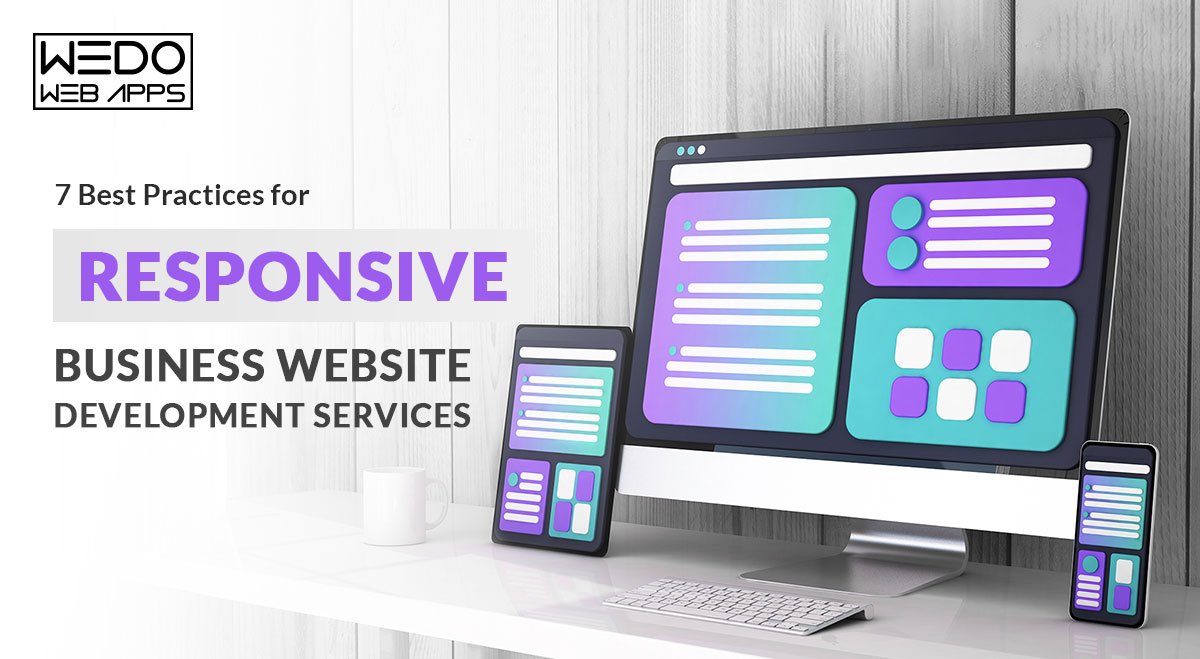Having a responsive business website is essential for businesses looking to succeed online. Done correctly, your site can be easily navigated on any device, look professional, and keep visitors engaged. To make sure your website is a success, here are seven best practices for developing a responsive business website.
Design for Mobile First.
Designing for mobile first is an absolute must when developing responsive Web Design Services. Start with a smaller screen size, then work your way up to larger ones. This strategy allows developers to create sites with optimal speed, as loading times are directly impacted by page size. Plus, visitors who come from mobile devices already expect fast-loading sites, so designing for these users not only meets their standards but also prioritizes performance and page speed.
Simplify the Navigation Bar.
Creating a navigation bar that organizes content and gives website visitors easy routes to access the information they need should be at the top of your priority list when building a business website development. Clear, concise menus with multitier structures are ideal for aiding discoverability and helping users find what they are looking for quickly. Try not to overload users with too many choices, however; stick to core navigational elements such as Home, About Us, Contact Us, and Services.
Keep the Page Load Time Low.
It is essential for business website developers to remember the importance of page load time. This can make or break a customer’s experience with your website, as it impacts their ability to quickly and easily access the information they are seeking. To ensure a good user experience, optimize all images on the website, minimize redirects, and avoid large HTTP requests. Additionally, make sure that JavaScript and CSS files are compressed before loading onto the site.
Read also: Find the Right Responsive Websites Development Company for You
Monitor and Test Your Website Performance
After you have completed your project, it is important to monitor and test the website’s performance on a regular basis. This will help you identify any areas of improvement so that you can optimize the user experience. Additionally, use tools such as GTMetrix, Google PageSpeed Insights, and YSlow to evaluate your website speed and performance. Testing should be conducted regularly to ensure that your website remains both optimized and functioning smoothly.
Include Click-to-Call Functionality
With the proliferation of mobile devices, it is important to include click-to-call functionality on your website. This feature allows visitors to instantly call your business directly from their phones by simply tapping a button on the screen. For visitors that prefer physical interaction over digital channels, this is a great way for them to quickly get in touch with you! Not only does this add convenience, but it also increases engagement with potential customers.

